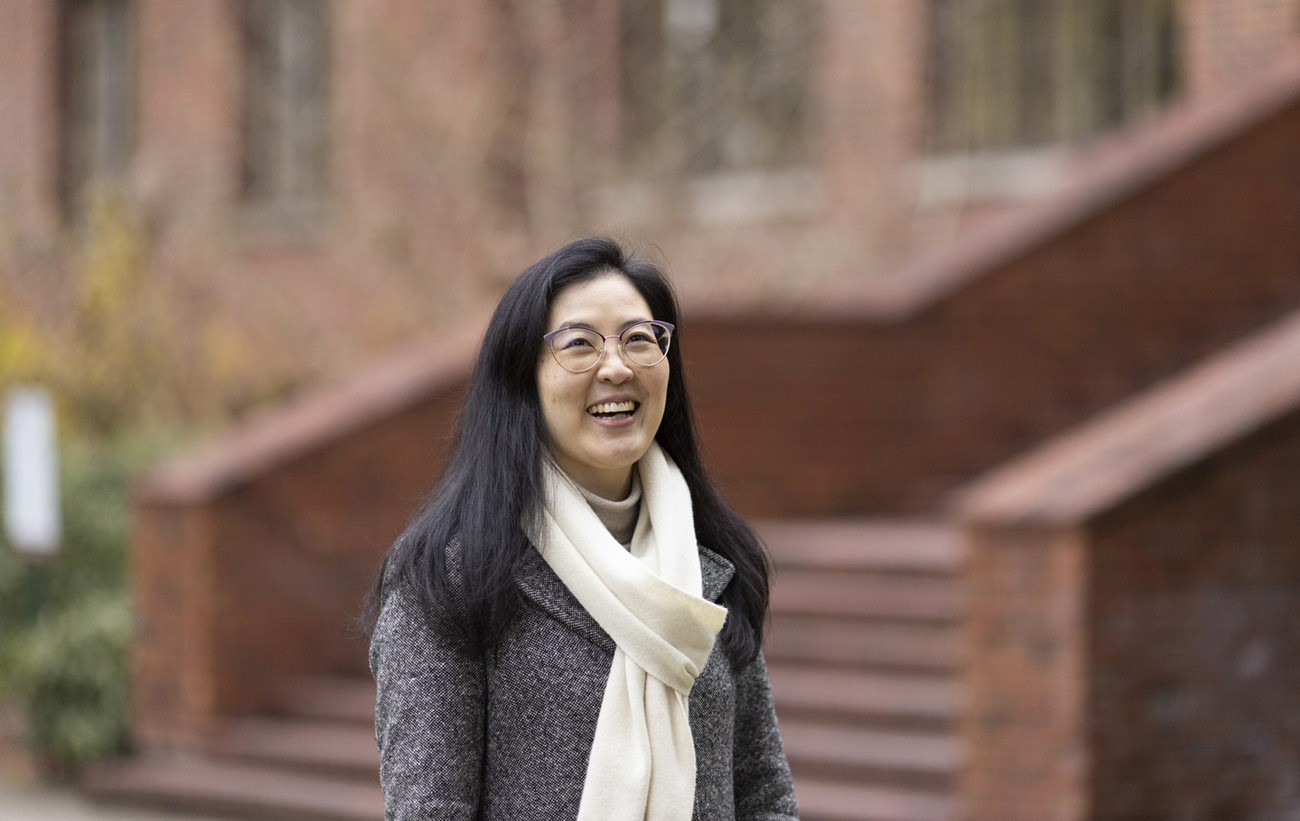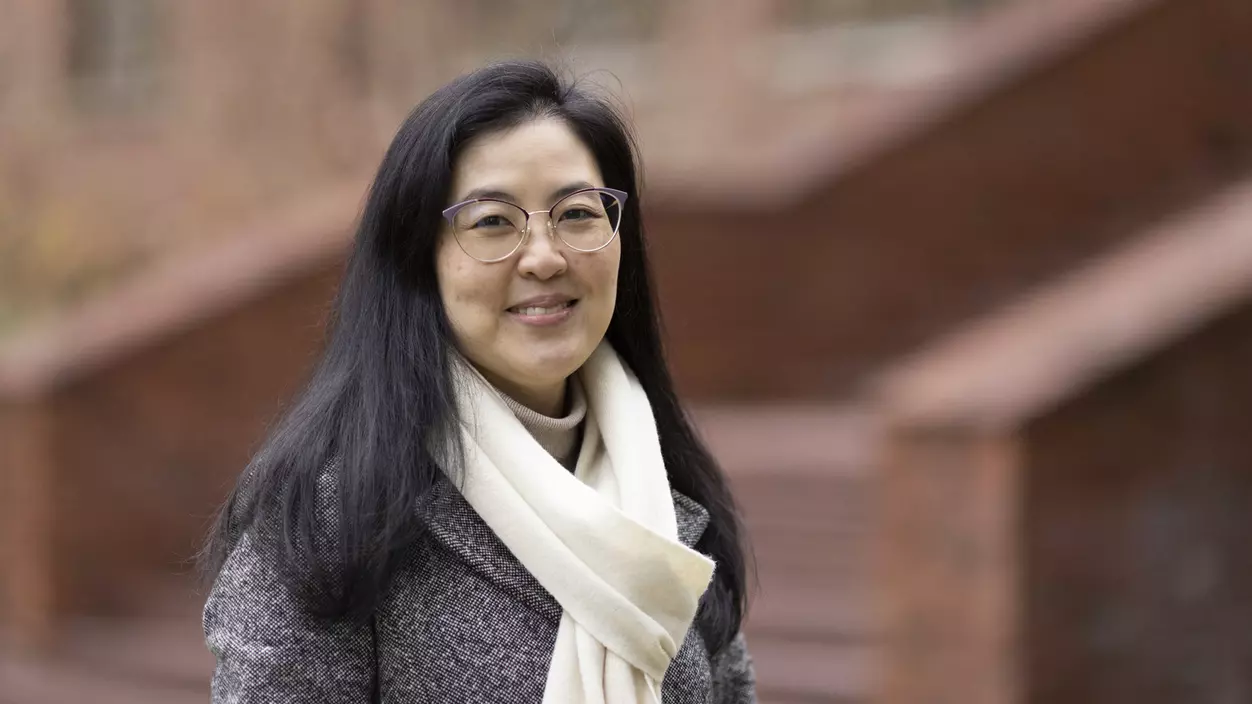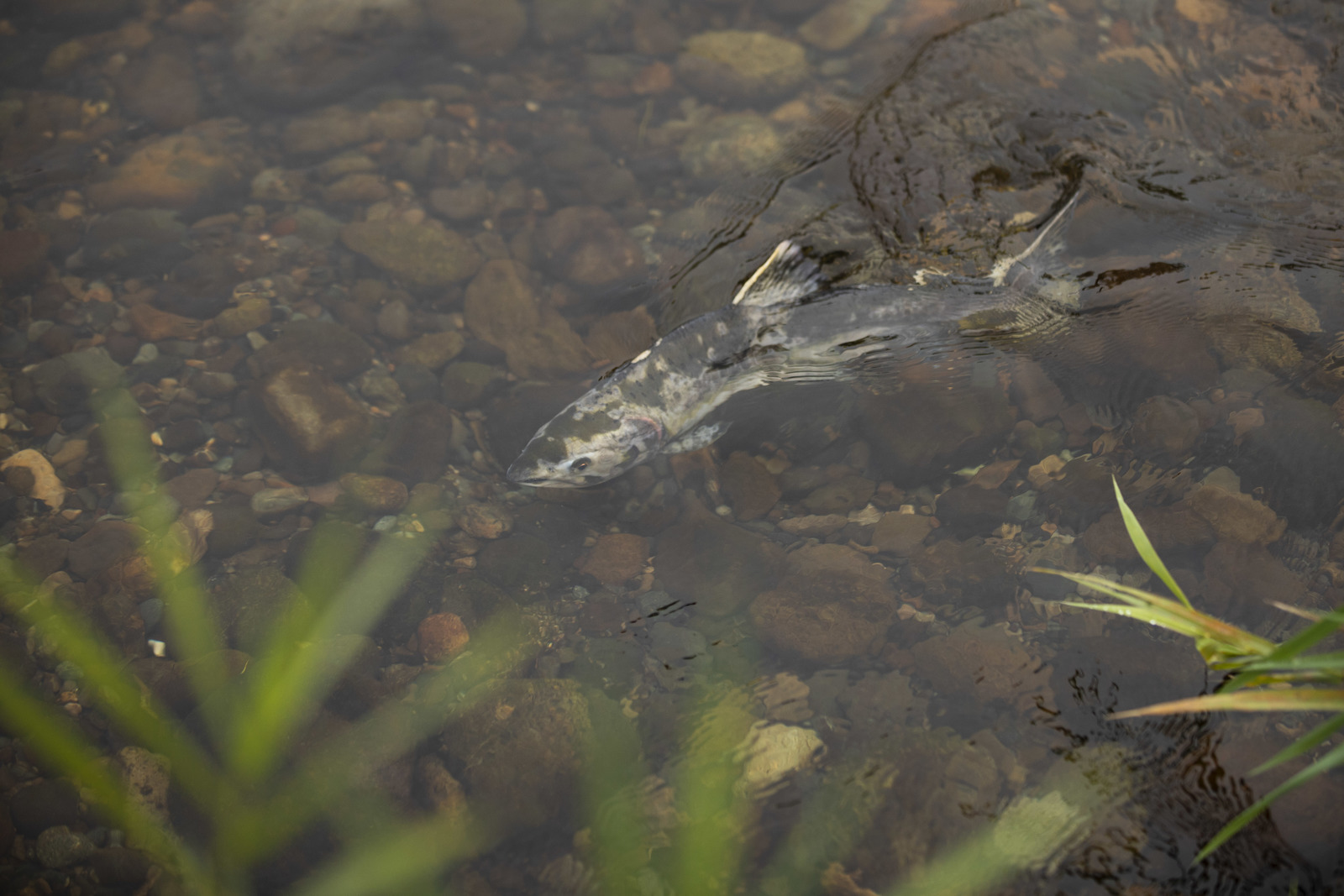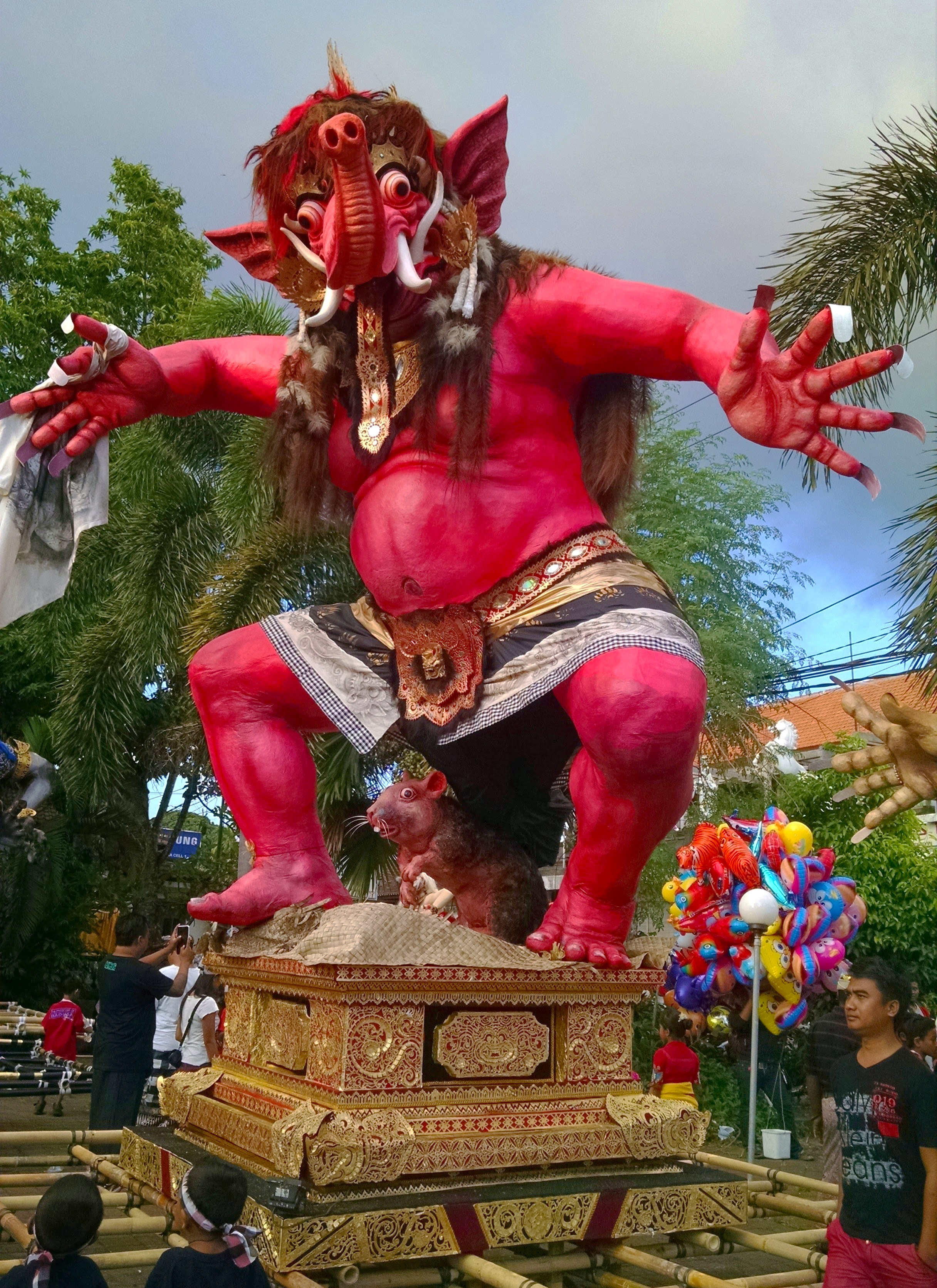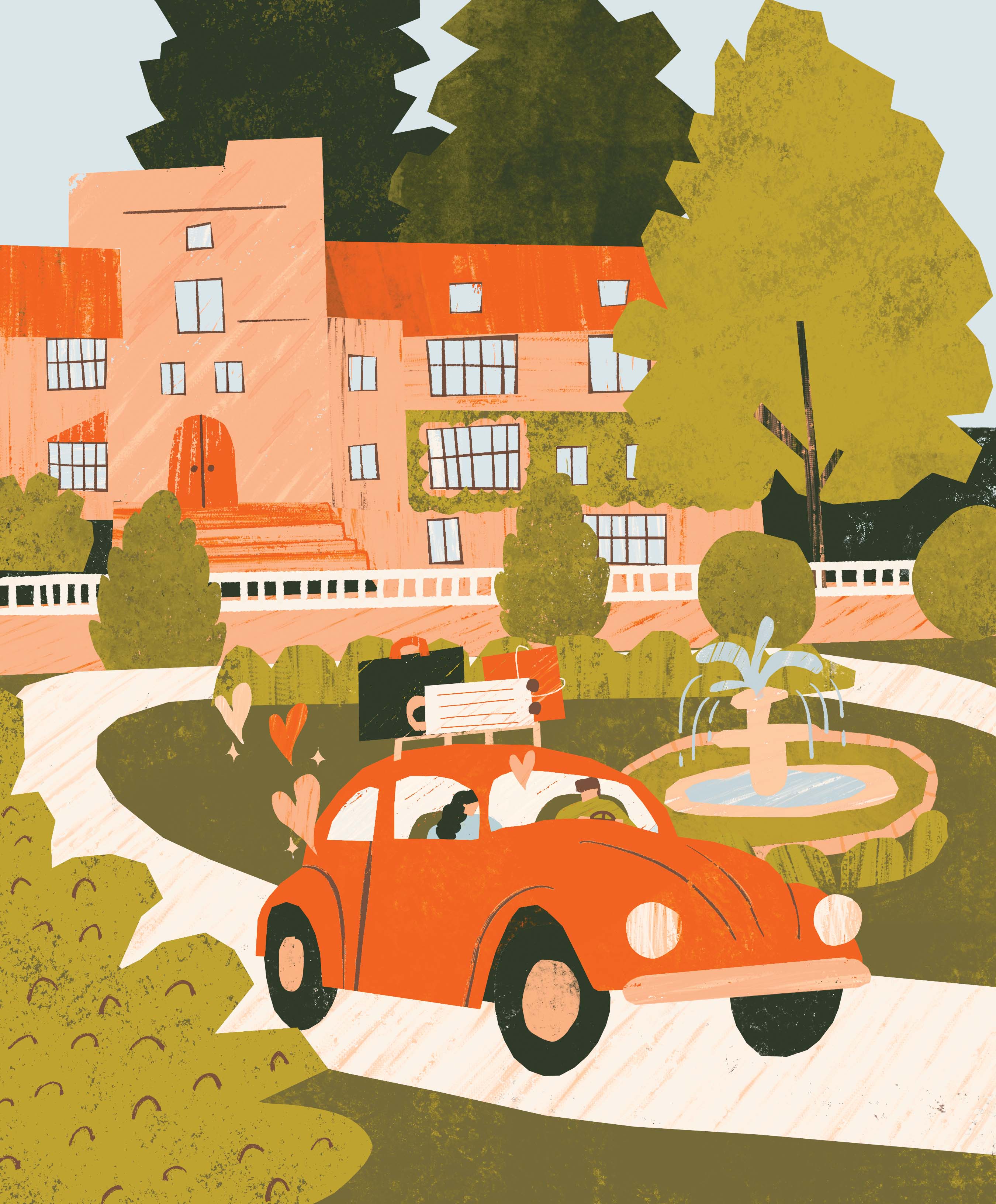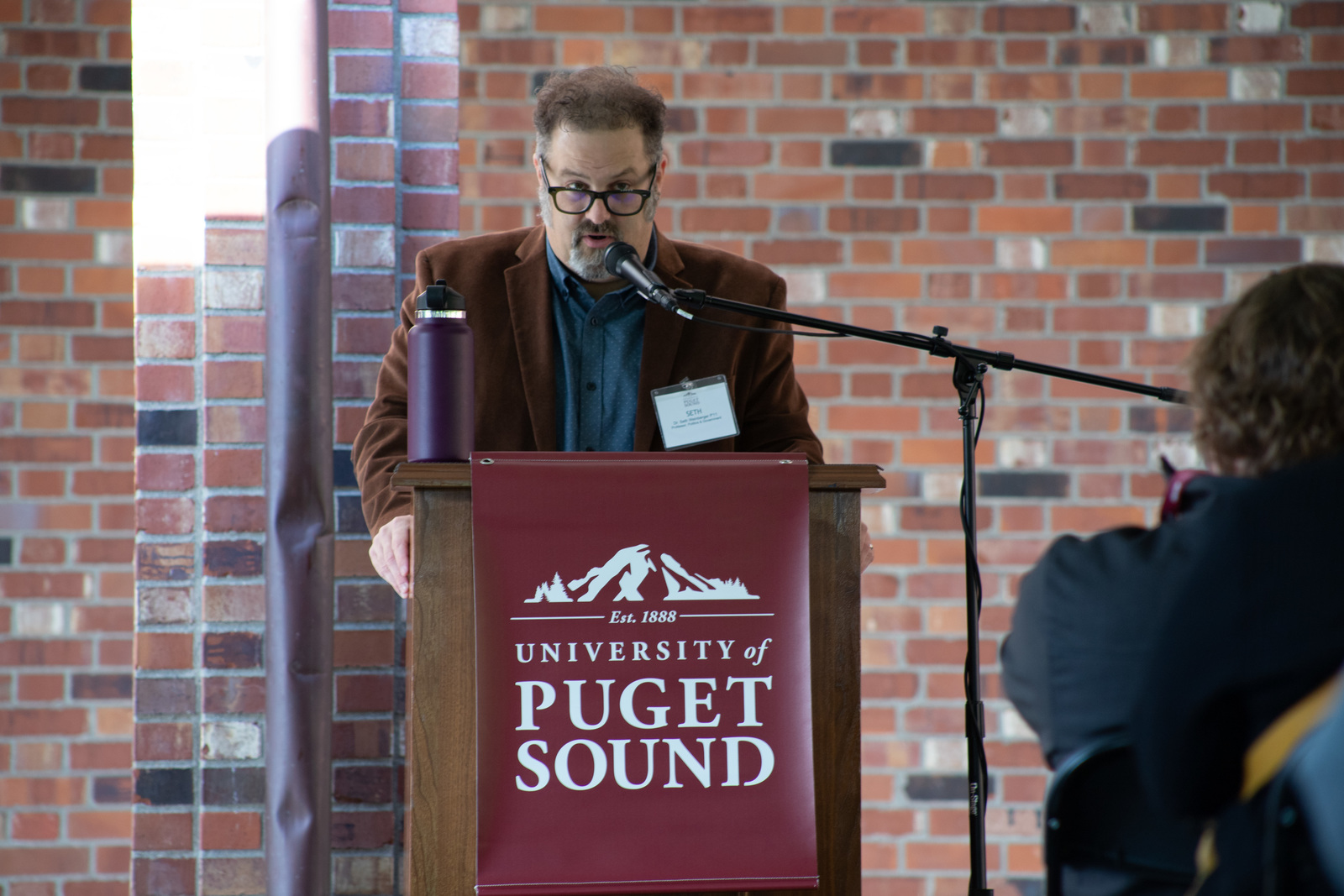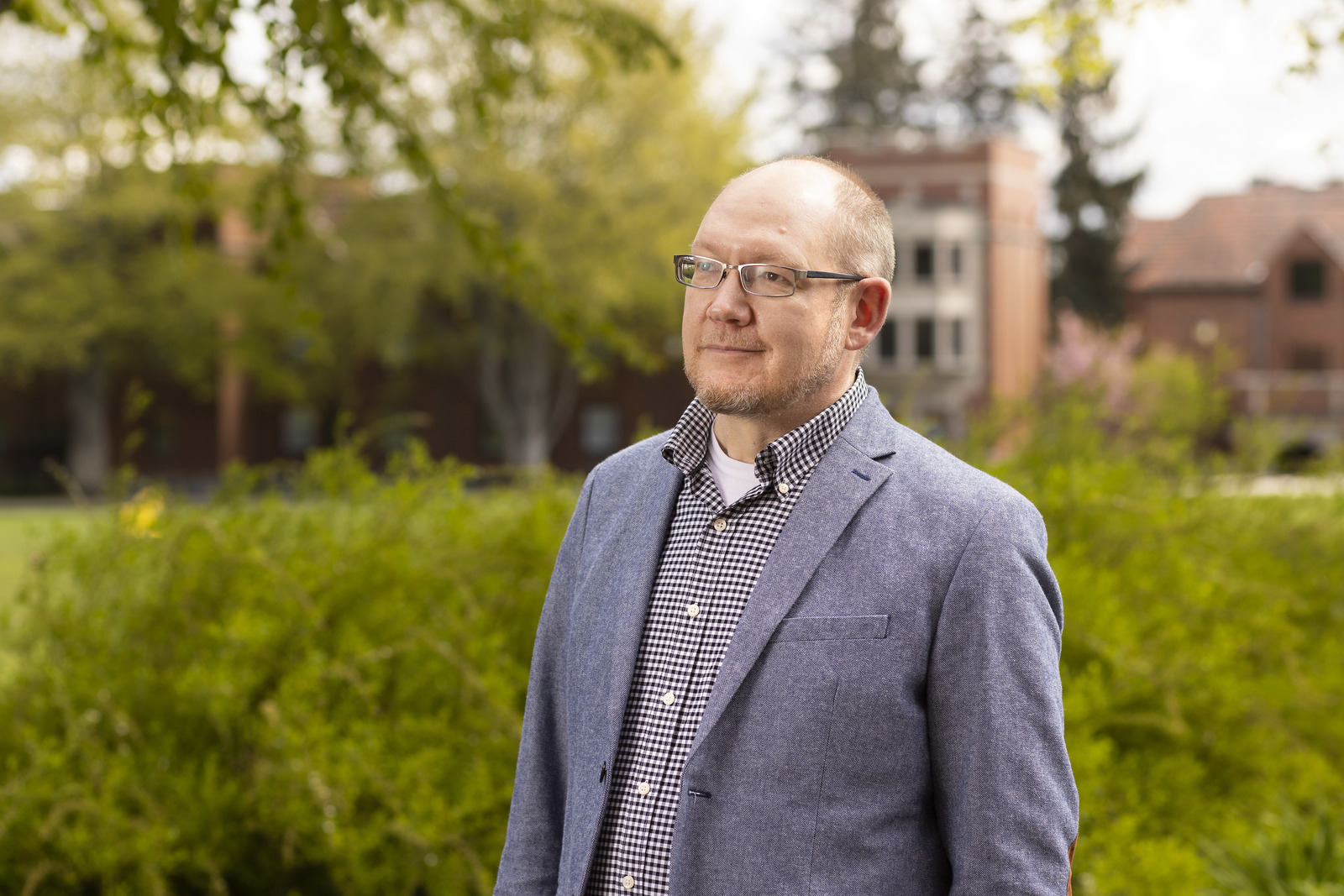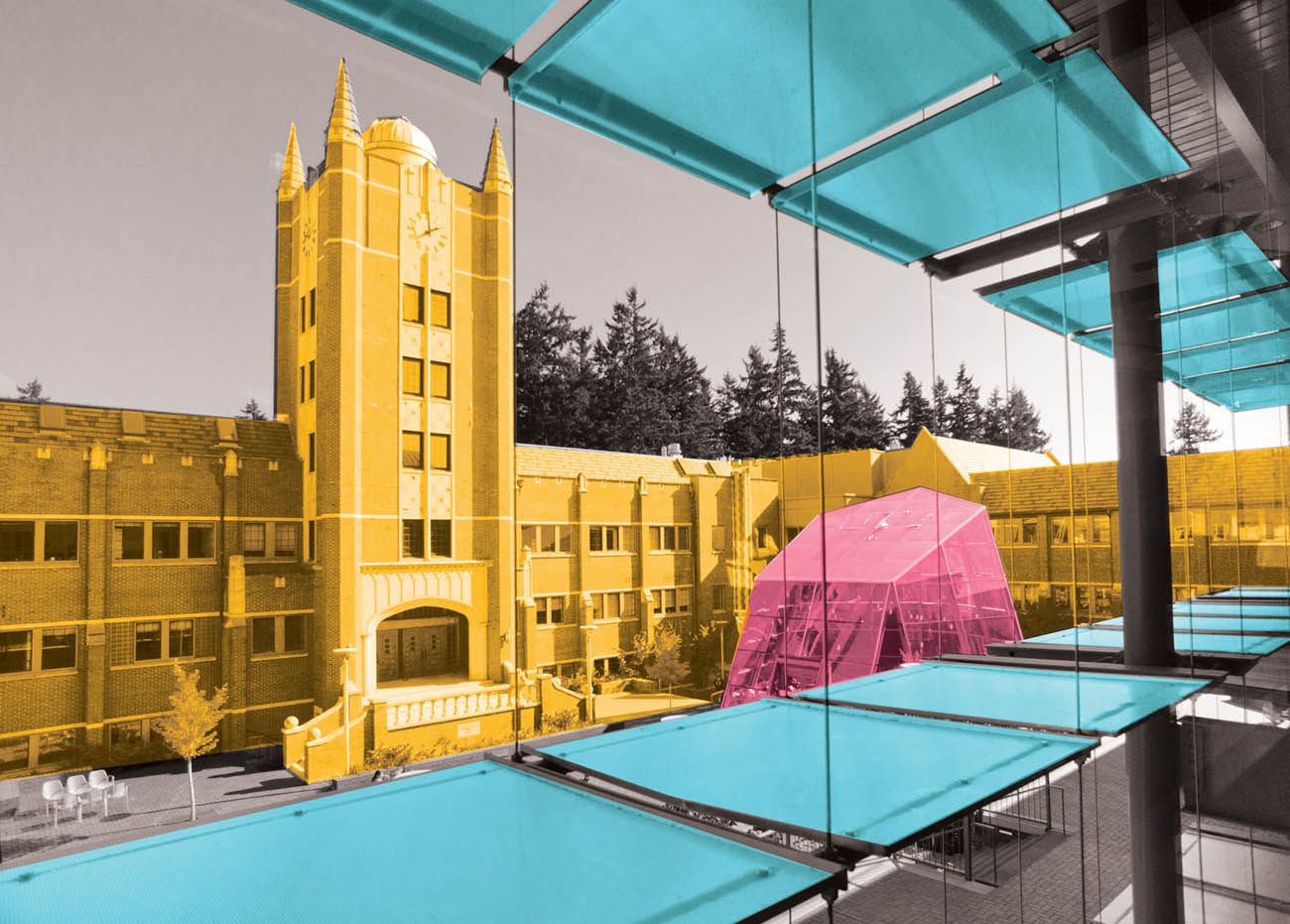Q: Where did your passion for music start?
A: I’ve always had an attachment to music. When I was young, I had this little music box that played “Somewhere Over the Rainbow.” I played it over and over. My parents sang to me, and I loved all the songs on TV shows, and I played the Wee Sing series constantly. My parents put me in piano lessons when I was 6, and then I picked up the flute when I was 10. Later on, I also learned to play tenor saxophone. When I entered college at California State University Long Beach, I had to decide: Do I audition on piano or flute? Ultimately, I chose flute because I really liked being with people, playing in the marching band and in ensembles.
Q: Your research into Vietnamese children’s music led you to create a book of music for families and teachers. What inspired you to do that?
A: For my dissertation at the University of Southern California, I studied how Vietnamese families in the United States were passing on their culture through music. What I found was that, while some of the parents I interviewed knew some of the songs they grew up with, many of them didn’t, or only the grandparents still knew the songs. There wasn’t a resource for these songs to help parents and educators teach them. So, I collected 10 children’s songs and worked with a friend who is an artist to do the illustrations, and we made a book. I deliberately chose songs that were easy to learn, and included sheet music and an English translation in the form of a poem. The primary audience is Vietnamese American parents and children; it would be a cultural archive that they could have at home and read with each other or sing with each other. The other audience is classroom teachers. I wanted to make it accessible enough that anybody can pick it up and learn these Vietnamese songs and teach them, perhaps as part of a unit on world music. The book also has some cultural information: What is the Harvest Moon Festival? What are moon cakes? How do you make lanterns? So parents can do it and teachers can do it within their classes if they want.
Q: How did you get involved with the Tacoma Refugee Choir?
A: I sing with them as a choir member, but originally the director asked me to be a “project scholar.” In that role, I’m interviewing people in the choir who are refugees. I want to know how their experience in the community choir affects their lives and well-being as refugees. Does choir help you? How does choir help you process? Are you in the choir because you want to meet new people, or because you want to learn more about the American culture?
